Wanting to sow a "forest"
User
8 years ago
Featured Answer
Sort by:Oldest
Comments (56)
Related Discussions
WANTED: Wanted: Food Forest Plants/Seeds/Cuttings
Comments (0)I am starting my food forest and can not afford to purchase retail seeds/plants of all the perennial edibles needed. Most of the nurseries that sell the varieties are hours away so I turn here. I am looking for plants, cuttings and/or seeds for the following plants: Cassia Goji berry Fig Mulberry Comfrey (the sterile kind) Ashataba Tree collard (this one especially) Sugarcane Guava Moringa tree Jamaican cherry (aka strawberry tree) Molokia, Chaya or Okinawa Spinach Any other edible you think might work. I have for trade the usual suspects as far as annual vegetables and a red salvia that the beeds/hummingbirds love. Note: All plants must be non-panted for cuttings, but I will definitely take the seeds. Thanks for your consideration: Jeff Here is a link that might be useful: You can follow my progress here...See MoreWANTED: Looking for Black Forest Squash Seeds
Comments (0)Would anyone have any seed from this squash. That has not been cross pollinated. I have lots of squash varieties to trade. Thanks...See MoreWANTED: Hakonechloa macra 'Aureola' (Japanese Forest Grass)
Comments (1)lol. well 9 years later you can go to santarosagardens online....See MoreWANTED: Have: Forest shadow
Comments (0)I have a mature forest shadows to trade. For other hosta and huecheras. I like large and small hostas. Cathy...See MoreUser
8 years agoLogan L. Johnson
8 years agoUser
8 years agoedlincoln
8 years agopoaky1
8 years agopoaky1
8 years agopoaky1
8 years agogardener365
8 years agopoaky1
8 years agopoaky1
8 years agogardener365
8 years agohairmetal4ever
8 years agogardener365
8 years agowisconsitom
8 years agoUser
8 years agopoaky1
8 years agolast modified: 8 years agogardener365
8 years agoUser
8 years ago
Related Stories
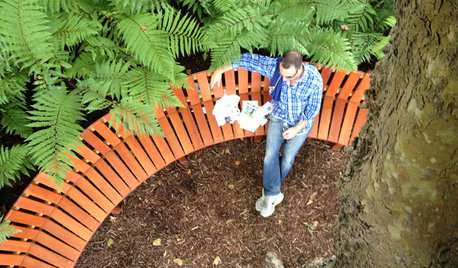
GARDENING GUIDESFlower Shows Sow Ideas for Your Garden
There’s much design inspiration to be gathered at garden shows. Here are some ideas to start you off
Full Story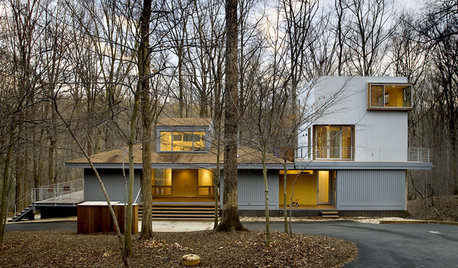
HOUZZ TOURSHouzz Tour: Modern Tower in a Virginia Forest
A tower with industrial materials, picture windows and citrine splashes makes a striking addition to the surrounding landscape
Full Story
MORE ROOMSRoom Tour: Nursery Becomes 'Modern Forest'
Bold colors and whimsy create a design that will last for years (and children) to come
Full Story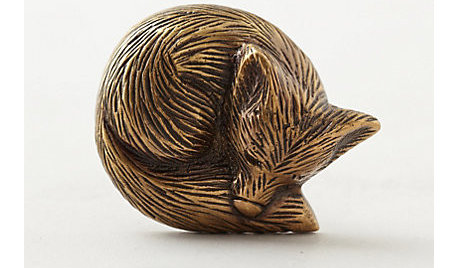
PRODUCT PICKSGuest Picks: Fox and Forest Friendliness for a Child's Room
Woodsy goes wonderful with branch hooks, faux-fur beanbags, fox accessories and more
Full Story
HOUZZ TVHouzz TV: This Dream Midcentury Home in a Forest Even Has Its Own Train
Original wood ceilings, a cool layout and, yes, a quarter-scale train persuaded these homeowners to take a chance on a run-down property
Full Story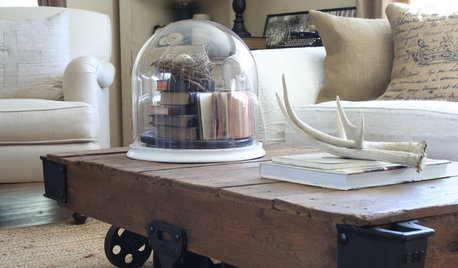
DECORATING GUIDESDecor From the Forest and Sea
See How to Add to Your Home With the Beauty Nature Hands You
Full Story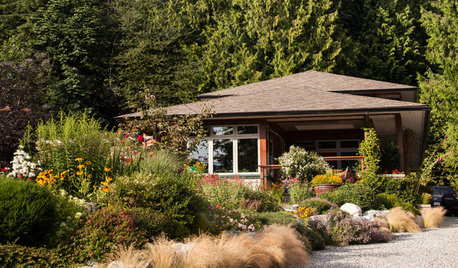
HOUZZ TOURSMy Houzz: Green Home Tucked in a Canadian Forest
Thoughtful craftsmanship and sustainability plus an exuberant edible garden make this bright home just right for a retiring couple
Full Story
HOUSEPLANTSGet a Dash of the Rain Forest With Madagascar Dragon Tree
This living decoration reaches up to 15 feet, has minimal needs and adapts to different light levels — just steer clear of fluoride
Full Story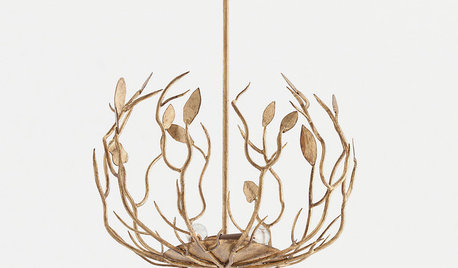
PRODUCT PICKSGuest Picks: An Enchanted Forest Bedroom
Live out a fairy tale with heirloom-quality bedroom furniture, natural accessories and a sprinkle of gilt
Full Story



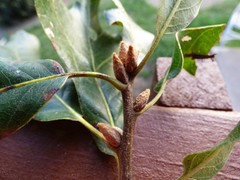
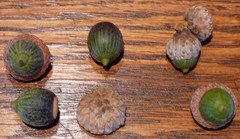




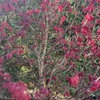
Toronado3800 Zone 6 St Louis